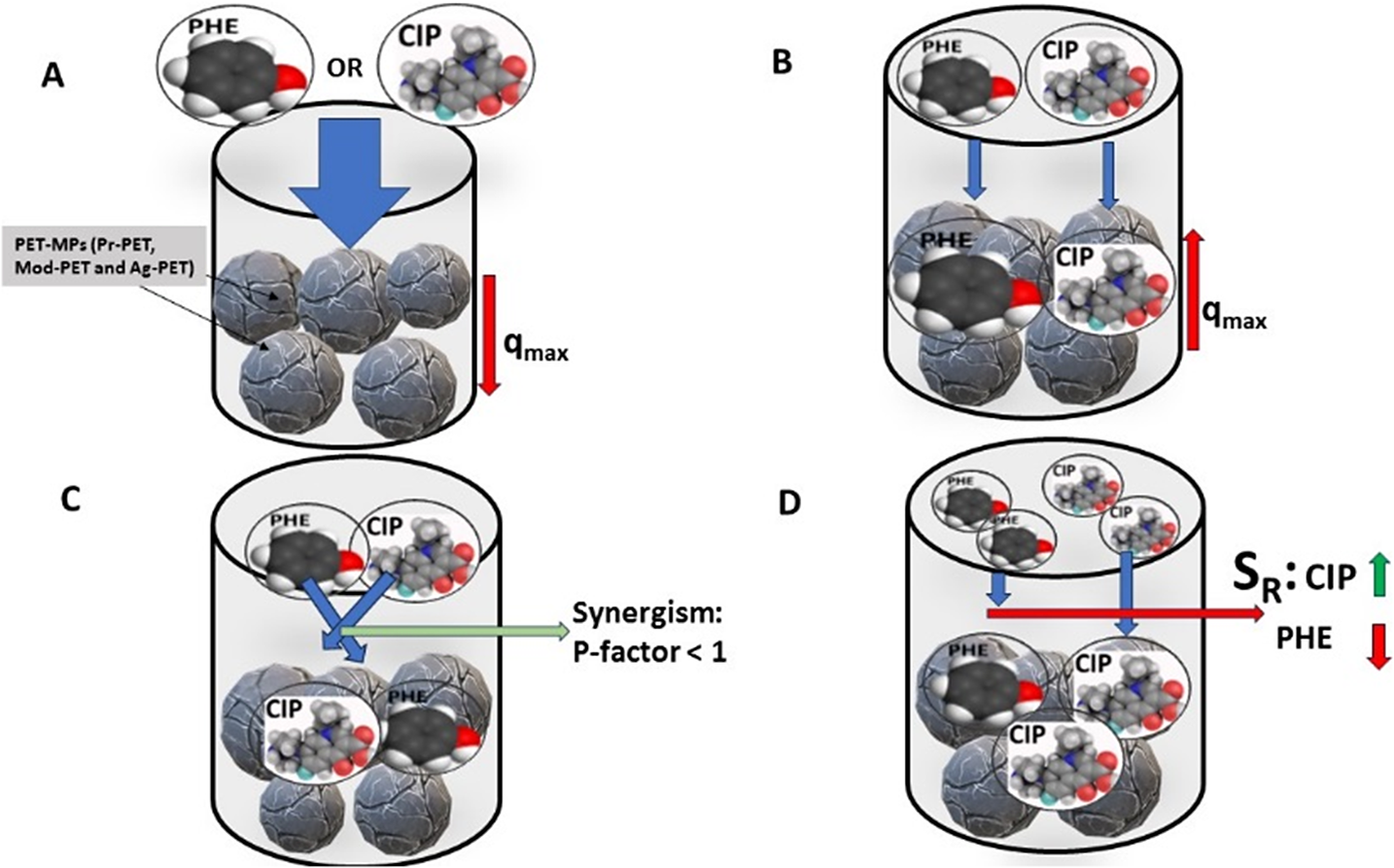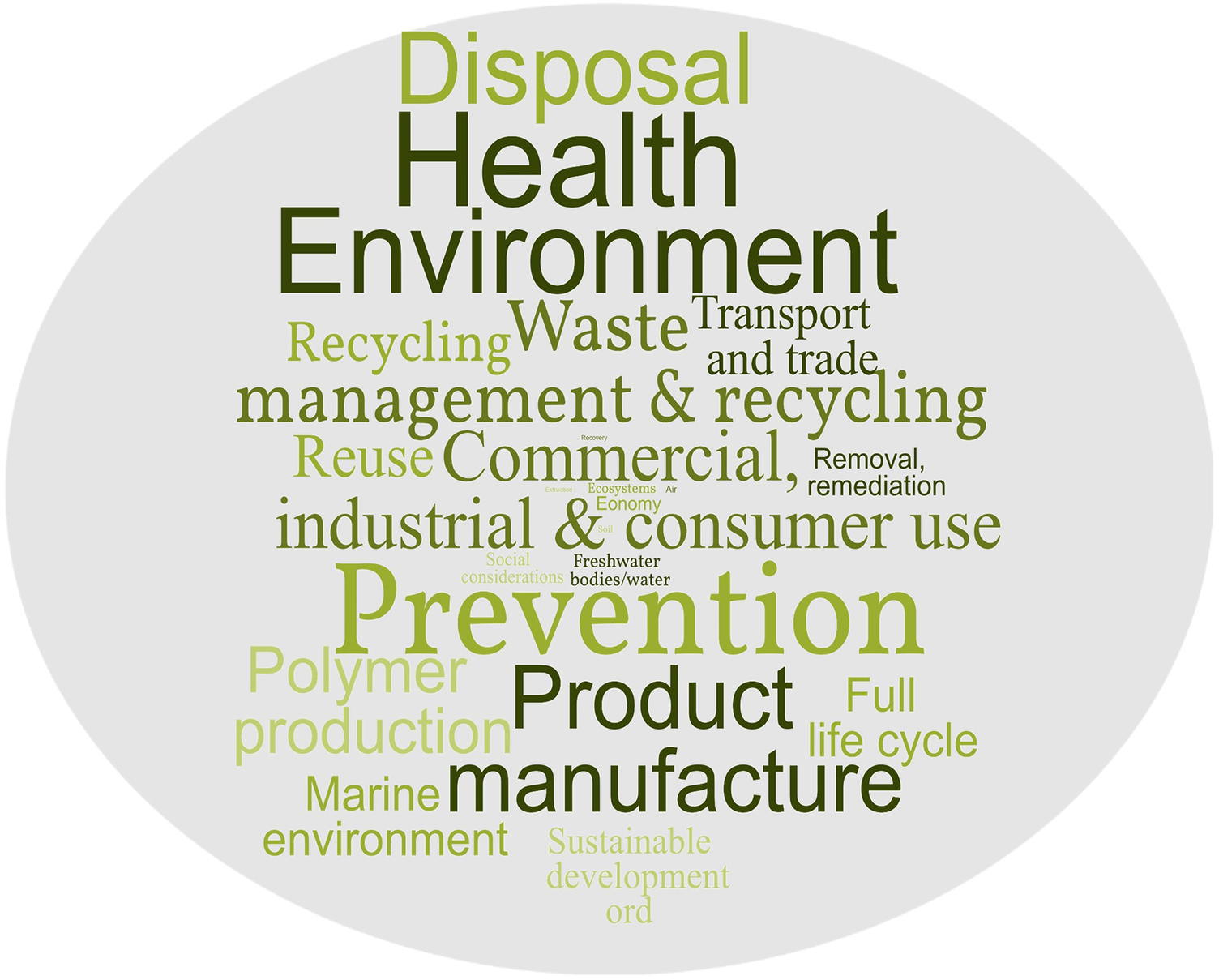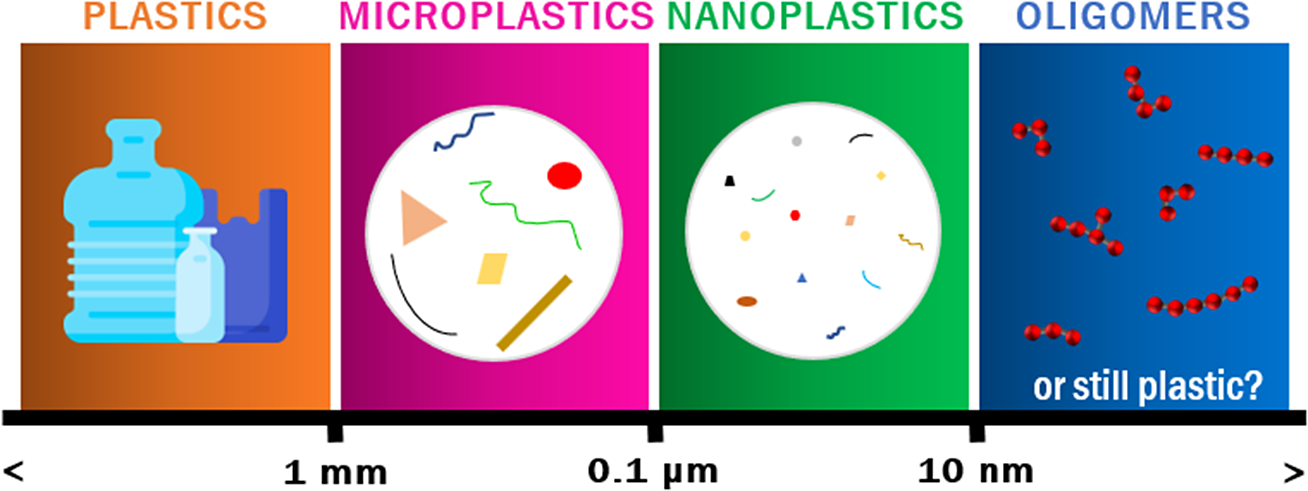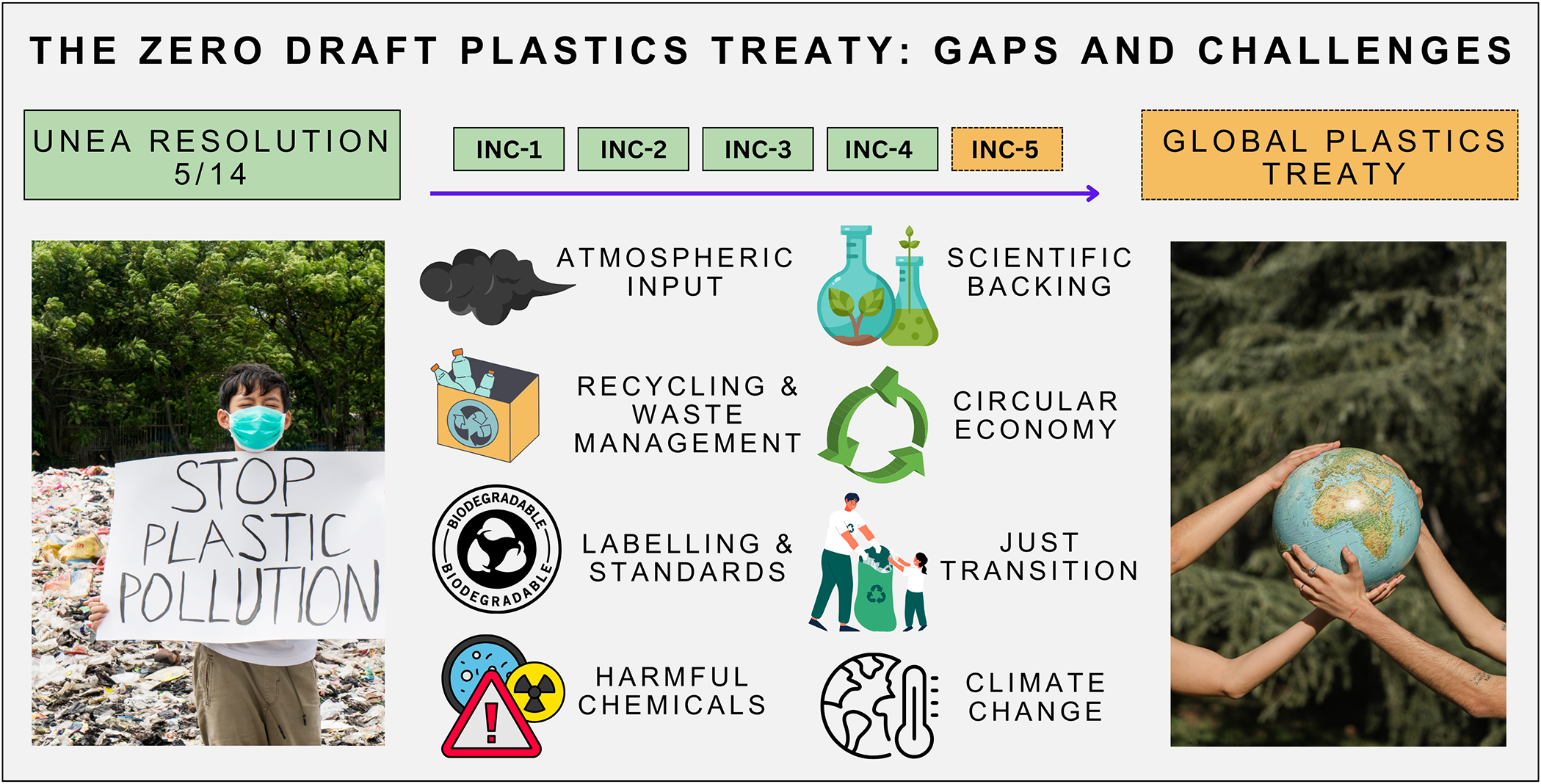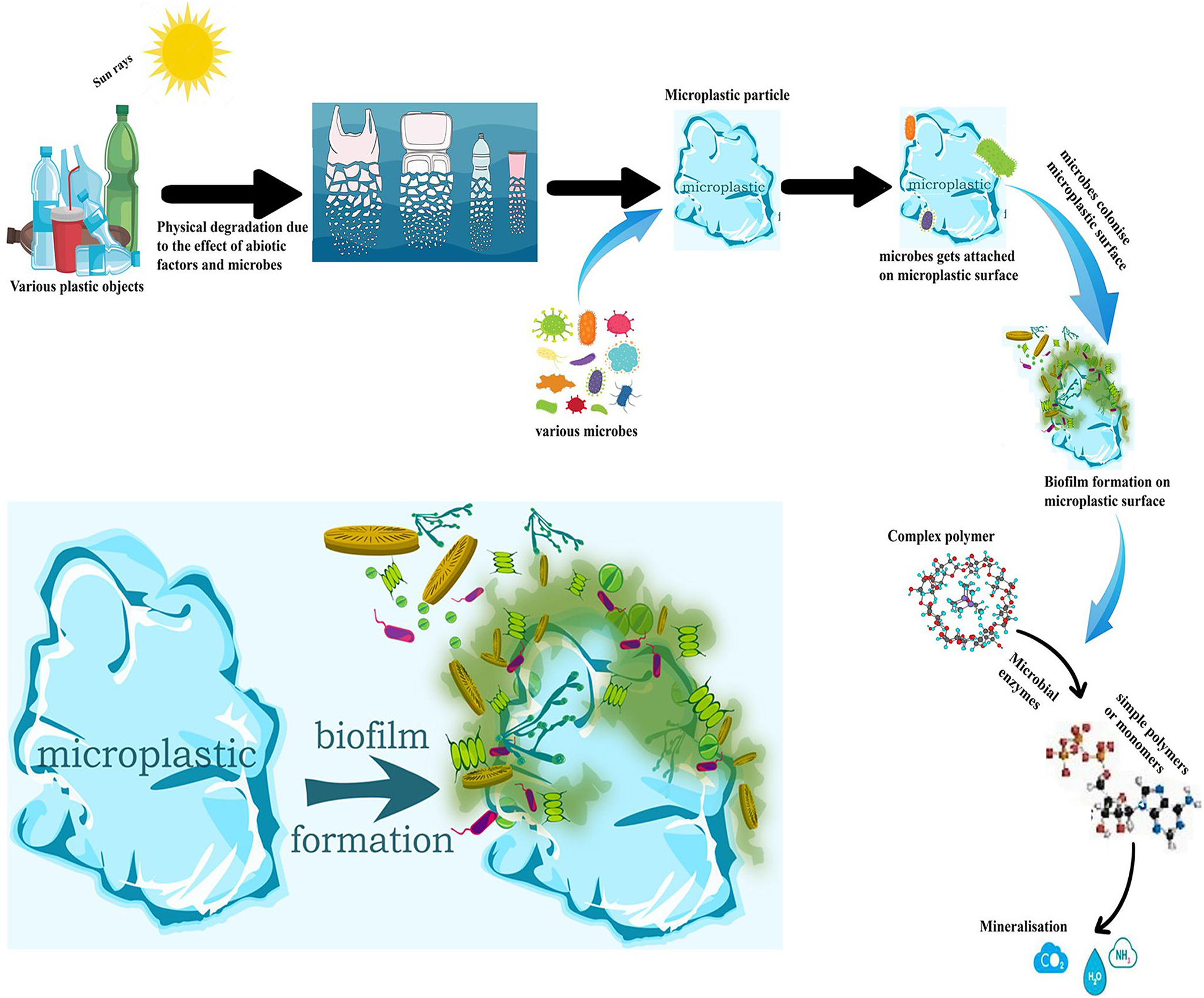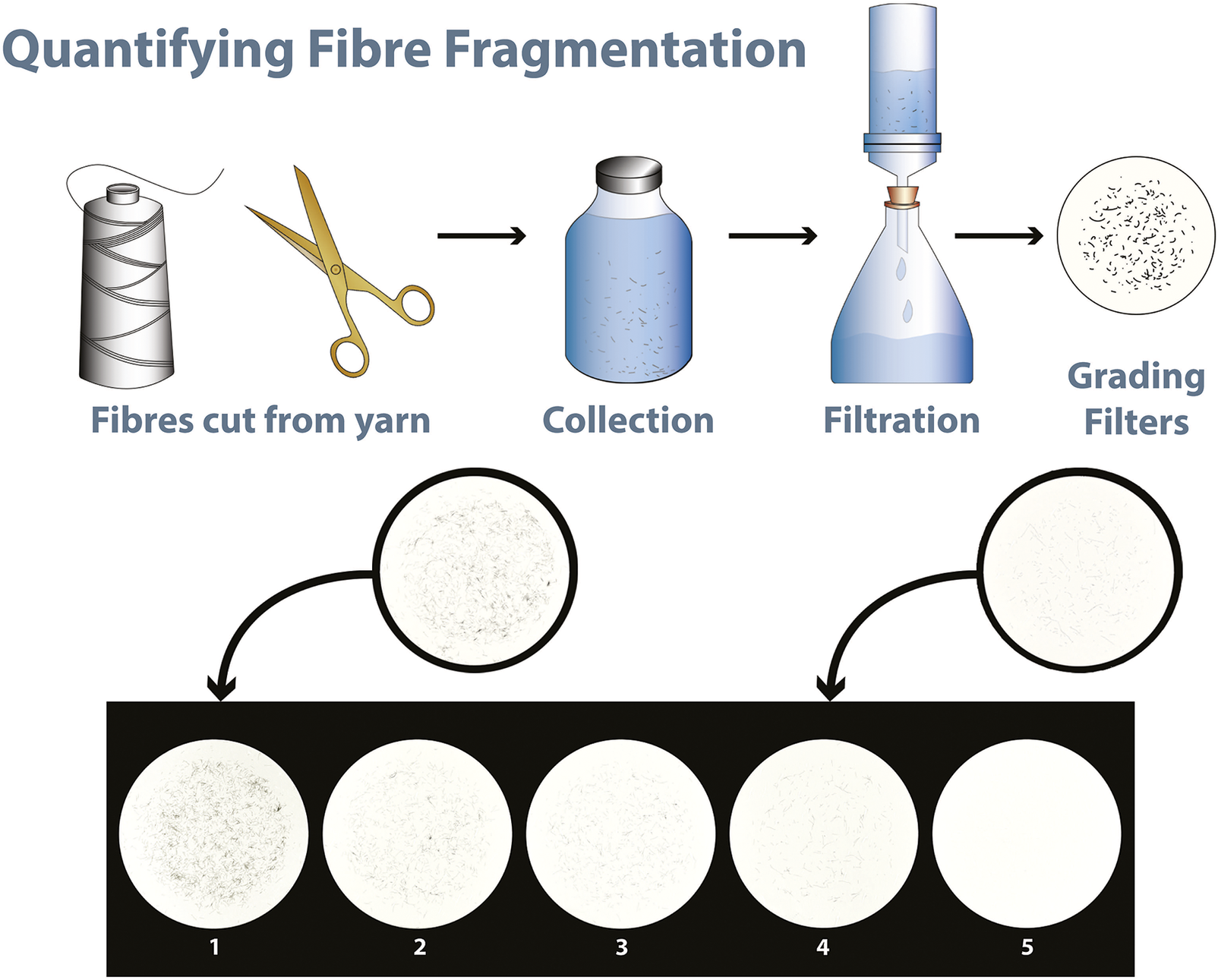Multicomponent systems are representative of the most common real situations as many industrial discharges contain a mixture of several pollutants. This study examines the concurrent adsorption of phenol (PHE) and ciprofloxacin (CIP) onto three types of polyethylene terephthalate microplastics (PET MPs): pristine, acid-modified, and thermal-oxidatively aged. Using extended Langmuir (EL), extended Freundlich (EF) isotherms, and a new artificial neural network (ANN) model, equilibrium adsorption capacities were predicted. The EL isotherm fit for pristine and aged PET MPs, while EF fit for modified PET MPs. Monolayer adsorption capacities ranged from 342.10–3715.73 mg/g for PHE and 2518.23–14498.79 mg/g for CIP, exceeding single-component adsorption. The ANN model used one hidden layer with 3 neurons for pristine and aged PET MPs, and 2 hidden layers with five neurons for modified PET MPs, with a hyperbolic tangent activation function. Models showed excellent performance metrics, including R2 values of 0.989–0.999, RMSE of 0.001–0.413, and AAE of 0.009–0.327. Synergistic interactions were observed in the binary system, with PET MPs showing higher selectivity toward CIP. The study demonstrates the effectiveness of PET MPs for binary adsorption of PHE and CIP in aqueous solutions, highlighting their potential for multicomponent pollutant removal.
Research Article
Modeling of multicomponent adsorption equilibria of phenol and ciprofloxacin on pristine, acid-modified and thermo-oxidatively-aged polyethylene terephthalate microplastics
-
- Published online by Cambridge University Press:
- 07 October 2024, e21
-
- Article
-
- You have access
- Open access
- HTML
- Export citation
Research Article
The missing consensus: An analysis of problem definitions and key motivations in the first zero draft for a global plastics treaty
-
- Published online by Cambridge University Press:
- 03 October 2024, e22
-
- Article
-
- You have access
- Open access
- HTML
- Export citation
Perspective
How small a nanoplastic can be? A discussion on the size of this ubiquitous pollutant
-
- Published online by Cambridge University Press:
- 03 October 2024, e23
-
- Article
-
- You have access
- Open access
- HTML
- Export citation
Review
The Zero Draft Plastics Treaty: Gaps and challenges
-
- Published online by Cambridge University Press:
- 08 October 2024, e24
-
- Article
-
- You have access
- Open access
- HTML
- Export citation
Perspective
Sources of nanoplastic and microplastic pollution which are hidden in plain sight
-
- Published online by Cambridge University Press:
- 09 October 2024, e25
-
- Article
-
- You have access
- Open access
- HTML
- Export citation
Research Article
Against the clock to address plastic pollution: Critical challenges to elaborate a comprehensive and ambitious Plastic Treaty
-
- Published online by Cambridge University Press:
- 18 October 2024, e26
-
- Article
-
- You have access
- Open access
- HTML
- Export citation
Overview Review
The good, the bad and the ugly: Critical insights on the applications of microbes in microplastic degradation
-
- Published online by Cambridge University Press:
- 10 October 2024, e27
-
- Article
-
- You have access
- Open access
- HTML
- Export citation
Research Article
Troubled water: Tracing the plastic tide on Sierra Leone’s beaches
-
- Published online by Cambridge University Press:
- 11 November 2024, e28
-
- Article
-
- You have access
- Open access
- HTML
- Export citation
Review
The contribution of global waste picker organizations in responding to the plastic pollution crisis
-
- Published online by Cambridge University Press:
- 11 November 2024, e29
-
- Article
-
- You have access
- Open access
- HTML
- Export citation
Research Article
Low-cost, high-throughput quantification of microplastics released from textile wash tests: Introducing the fibre fragmentation scale
-
- Published online by Cambridge University Press:
- 19 November 2024, e30
-
- Article
-
- You have access
- Open access
- HTML
- Export citation
Perspective
Archaeological approaches to plastics and plastic pollution: A critical overview
-
- Published online by Cambridge University Press:
- 11 November 2024, e32
-
- Article
-
- You have access
- Open access
- HTML
- Export citation
Research Article
The global plastics treaty: understanding the present to guide the future
-
- Published online by Cambridge University Press:
- 21 October 2024, e31
-
- Article
-
- You have access
- Open access
- HTML
- Export citation
Research Article
Sustainability of plastic waste management through voluntary initiatives: A case study in Indonesia
-
- Published online by Cambridge University Press:
- 08 November 2024, e33
-
- Article
-
- You have access
- Open access
- HTML
- Export citation
Perspective
A review of additive usage in polymer manufacturing: case study phenolic antioxidants
-
- Published online by Cambridge University Press:
- 06 December 2024, e34
-
- Article
-
- You have access
- Open access
- HTML
- Export citation

